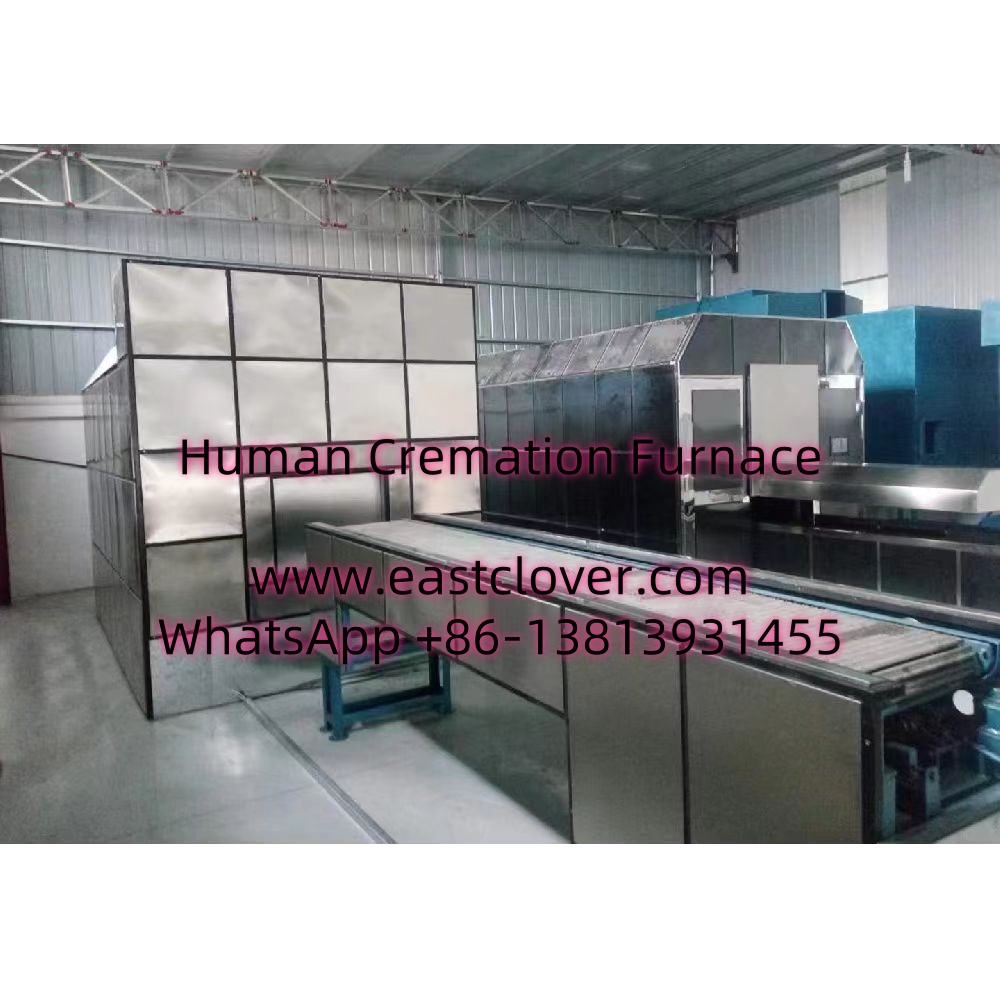Introduction
Cremation has been a cornerstone of funerary practices in Asia for millennia, deeply intertwined with cultural, religious, and environmental contexts. From ancient wood pyres to state-of-the-art electric furnaces, the methods of cremation have evolved dramatically, reflecting broader societal shifts and technological advancements. This news explores the journey of cremation technology across Asia, examining its historical roots, transformative phases, and modern innovations.
Historical Roots: The Era of Wood Pyres
Ancient Practices and Cultural Significance
In regions like India, cremation using open wood pyres dates back to the Vedic period (1500–500 BCE). Rooted in Hindu beliefs, fire is seen as a purifying force that liberates the soul (atman) from the body, enabling its journey to moksha (liberation). Similarly, Buddhist communities in Southeast Asia adopted cremation to honor the Buddha’s own passing, aligning with teachings on impermanence. In China, cremation initially clashed with Confucian ideals of bodily preservation but gained traction with Buddhism’s spread during the Tang Dynasty (618–907 CE).
Challenges of Traditional Pyres
Wood pyres required massive quantities of timber—up to 600 kg per cremation—contributing to deforestation and air pollution. Urbanization exacerbated these issues, as cities lacked space for open-air ceremonies. Social hierarchies also influenced access: affluent families used sandalwood, while others relied on cheaper, smokier fuels.
Transition to Modern Methods: Gas and Coal Furnaces
Colonial and Industrial Influences
European colonial rule introduced mechanized cremation to Asia. In India, the British established the country’s first gas-powered crematorium in Calcutta (Kolkata) in 1894, though adoption remained slow due to cultural resistance. Japan, post-Meiji Restoration (1868), saw hybrid systems blending wood and gas, accelerating after the Great Kanto Earthquake (1923), which overwhelmed traditional infrastructure.
Post-WWII Industrialization
Rapid urbanization and population growth in the mid-20th century necessitated efficient cremation solutions. Cities like Tokyo and Beijing adopted coal-fired furnaces, reducing cremation time to 2–3 hours. However, these systems emitted harmful particulates, prompting calls for cleaner alternatives.
Electric Cremation: Efficiency and Environmental Responsibility
Technological Advancements
Electric furnaces, pioneered in the 1970s, use resistive heating elements to reach temperatures of 760–1150°C. Automated controls optimize fuel use and reduce emissions by 70% compared to wood pyres. Japan, a global leader, now operates over 1,500 electric crematoria, achieving 99% cremation rates since the 1980s.
Green Innovations
Countries like South Korea and Singapore have integrated scrubbers to filter mercury from dental amalgam and particulate matter. Alkaline hydrolysis, though niche, is gaining traction as a water-based alternative with minimal carbon output.
Cultural Adaptations and Challenges
Balancing Tradition and Technology
In India, electric crematoria often include spaces for traditional rituals, such as last rites performed by family members before mechanized processes begin. Japan’s “kotsuage” ceremony, where relatives collect bones using chopsticks, adapts seamlessly to electric systems. Conversely, rural communities in Nepal and Bali still prefer wood pyres, viewing them as spiritually irreplaceable.
Government Policies
China’s 2014 regulations mandating cremation in densely populated areas sparked debates, with some rural groups resisting due to ancestral burial traditions. India’s subsidies for electric cremations aim to curb pollution but face logistical hurdles in decentralized regions.
Case Studies: Regional Perspectives
Japan: A Model of Modernization
Japan’s land scarcity and aging population drove rapid adoption of electric cremation. Innovations like “Ruriden,” a digital columbarium in Tokyo, use LED-lit urns and RFID access, merging technology with memorial practices.
India: Tradition Meets Innovation
While urban centers like Mumbai rely on electric crematoria, Varanasi retains wood pyres along the Ganges. NGOs like Mokshda promote eco-friendly pyres using 80% less wood, showcasing a hybrid approach.
China: State-Led Standardization
Government-owned crematoria dominate, with strict emissions standards. Shanghai’s Longhua Crematorium processes over 10,000 bodies annually using automated electric systems, reflecting China’s centralized governance model.
Environmental Impact
Electric cremation emits approximately 50 kg of CO2 per body—far below the 250 kg from wood pyres. However, reliance on fossil-fueled grids in countries like India negates some benefits. Solar-powered crematoria, such as those tested in Thailand, aim for carbon neutrality.
www.southclover.com
The evolution from wood pyres to electric furnaces underscores Asia’s ability to harmonize technological progress with cultural heritage. While challenges like resource scarcity and emissions persist, innovations in green cremation and adaptive rituals offer a roadmap for sustainable practices. As urbanization intensifies, the cremation landscape will continue to evolve, shaped by both tradition and necessity.
FAQs
1. Why did Asia transition from wood pyres to electric cremation?
Urbanization, environmental concerns, and efficiency drove the shift. Electric systems reduce deforestation, emissions, and space requirements.
2. Are electric crematoria environmentally friendly?
Yes, they emit fewer pollutants than wood or gas systems. However, energy sources (e.g., coal vs. solar) impact overall sustainability.
3. Which Asian countries lead in cremation technology?
Japan, South Korea, and Singapore are pioneers, with advanced electric systems and emission controls.
4. How have cultural practices adapted to modern cremation?
Rituals like kotsuage (Japan) and digital urns integrate tradition with technology, ensuring cultural continuity.
5. What future trends might shape cremation in Asia?
Bio-cremation (alkaline hydrolysis) and renewable energy-powered facilities are likely to expand, prioritizing sustainability.

Comments are closed